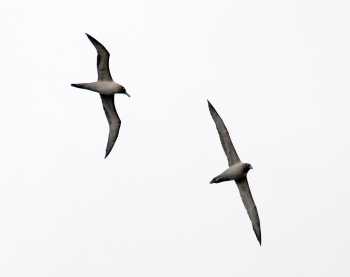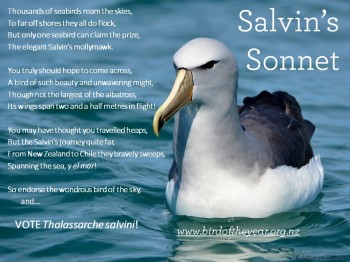The Commission for the Conservation of Antarctic Marine Living Resources (CCAMLR) completed its 33rd round of annual meetings in Hobart, Australia last week. On the agenda - for the fourth year running - were proposals for new Marine Protected Areas (MPAs) in the Ross Sea and in East Antarctica, following earlier failures to reach consensus (click here).
The following text is taken from CCAMLR’s news release of this year’s round of meetings:
“Consensus was not reached on either of the proposed MPAs. Several Members requested additional time to consider issues associated with
- justification for the sizes of the proposed areas
- the proposed duration of the MPAs, and
- the process to support research and monitoring within MPAs and the implications for fisheries.
As CCAMLR operates on a decision-making model that requires consensus, the agreement of all 25 Members is required before a proposal is adopted and implemented.
‘A range of views and national interests on complex issues such as MPAs in international waters creates a challenging environment for reaching consensus,’ says CCAMLR Executive Secretary Andrew Wright.
Research and collaboration continue around the establishment of other MPAs (e.g. in the Weddell Sea) as part of CCAMLR’s representative system of Antarctic MPAs. These and other conservation issues will be considered at future meetings of CCAMLR.”

Light-mantled Sooty Albatrosses occur regularly within CCAMLR waters
Photograph by John Chardine
Creation of new MPAs in the Southern Ocean will help protect those species of seabirds that occur in the region, including ACAP-listed albatrosses and petrels. Although only two ACAP-listed species (Light-mantled Sooty Albatross Phoebetria palpebrata and Southern Giant Petrel Macronectes giganteus) breed within the Antarctic Treaty area, the waters of the Southern Ocean are important foraging grounds for many of the ACAP-listed species that breed on sub-Antarctic islands.
This year ACAP was represented at CCAMLR’s Scientific Committee by its Science Officer, Wiesława Misiak and at the Commission’s meeting by its Executive Secretary, Warren Papworth. Click here for an earlier ALN item on CCAMLR's 2014 meetings.
Click here for Australia's view on the MPA situation in East Antarctica.
John Cooper, ACAP Information Officer, 06 November 2014, updated -7 November 2014

 English
English  Français
Français  Español
Español 


